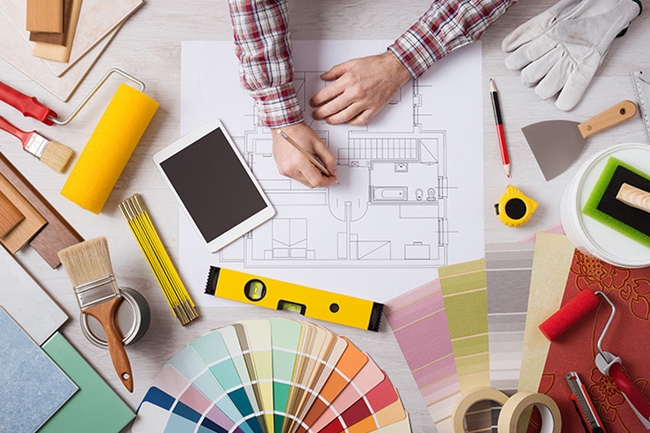In this article, we’ll discuss the career path, Education requirements, Job duties, and Professional portfolio. It’s also important to build a network of partners and suppliers. Here are a few ways to make your interior design business a reality. Taking the time to market yourself will make a big difference in the success of your business.
Career paths
Career paths for interior designers can be quite diverse. Some designers work in offices and establishments while others prefer to work on their own projects. In the latter case, the career path can be more specialized. However, the former should never be discouraged from looking for new opportunities. There are many ways to make a living as an interior designer, and you should know which one is best for you.
As a designer, you’ll use a variety of tools to communicate your vision, which can sometimes be quite complex. It’s also crucial to manage your time and practice self-care. Because interior design can be highly competitive, you must be prepared for fast turnaround times. Moreover, you must take time for breaks and practice self-care to maintain a high level of productivity.
If you’re interested in a particular niche, you can opt for an specialized training program. For example, a hotel interior designer can specialize in creating customized window treatments for hotel rooms. Lighting designers, on the other hand, can specialize in designing and selling unique lamps. They can even specialize in project management.
Education requirements
The education requirements to become an interior designer can vary, but typically, a bachelor’s degree in interior design is necessary. The bachelor’s degree is more comprehensive and builds on the skills learned through an associate’s degree program. It typically covers topics related to the history and theory of interior design, 3D modeling, space planning, and more. It also helps prepare students for entry-level positions at design firms. In addition, a bachelor’s degree program will give you a thorough grounding in building materials, construction practices, and furniture technology.
After finishing your formal education, you’ll need to complete an internship. An internship is an essential part of the process of becoming an interior designer. You’ll need experience working in a design firm under the supervision of a licensed designer. In some states, you’ll also need to obtain a license and complete at least two years of supervised work experience.
If you’re just starting out, an associate’s degree in interior design may be the best route. It will teach you the basics of the profession and will serve as a stepping stone to a bachelor’s degree.
Job duties
Interior designers have a variety of different job duties. They are responsible for the layout of inside buildings, as well as supervising the decoration of the interiors. They must have good communication skills and be able to listen to their clients. They should also be detail-oriented and have management skills.
Interior designers create designs by using computer-aided design software. These programs allow them to create three-dimensional visualizations of their designs. They may specialize in specific types of buildings or rooms, or in a particular style. Some may also work for home furnishings companies. A career as an interior designer requires extensive training in different areas.
As the demand for interior designers grows, competition is fierce. Most interior design firms select their employees based on their portfolio and ability to work on a variety of projects. Interior designers often work for architects or design consultancies. Many work for private practices, while others work for commercial organisations with in-house design departments.
Professional portfolio
An interior designer’s portfolio is a vital tool in promoting his or her services. It should include completed projects, pictures, and descriptions of the design process. Moreover, it should include the technical and soft skills a designer possesses. If possible, it is also advisable to include client testimonials.
During the presentation of your portfolio, prospective clients should be able to judge your abilities and skills. A portfolio should contain photos of completed projects, as these can help build trust and confidence among potential clients. Hiring a photographer to take professional photos of your work is a wise move, because clients are visual people. They don’t always understand complex AutoCAD layouts and technical drawings. Likewise, the portfolio should include short descriptions of the projects, the start and end dates, directives, and any other information that will give an impression about the quality of your work.
Another vital aspect of your portfolio is its usability. A professional portfolio should incorporate the latest technological developments, while preserving an evergreen style. It should also feature your most impressive pieces of work. It’s also wise to define your target market. You can either focus on companies or individual clients. Choosing a specific niche can help you differentiate yourself from competitors.
